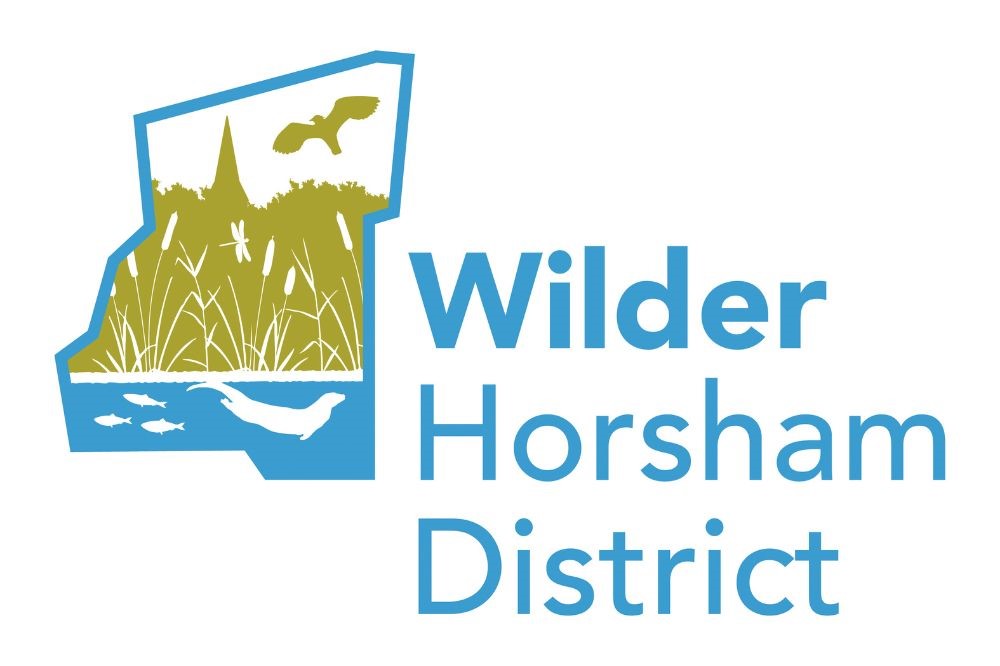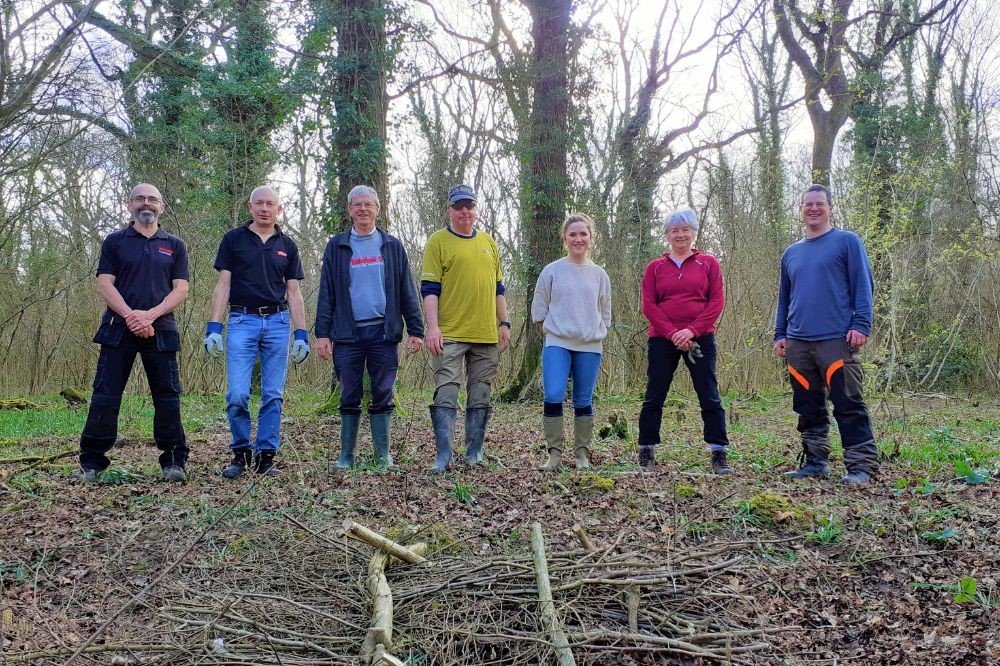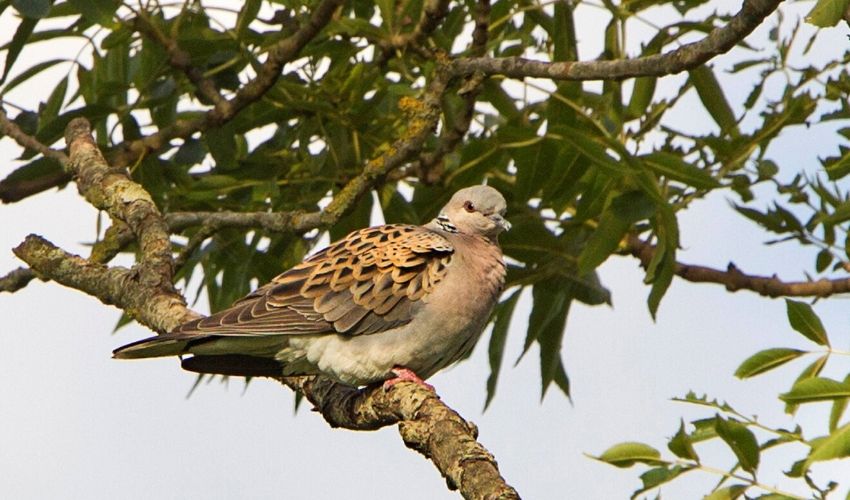Wilder Horsham District
In this section

Children at Chesworth Farm, © Miles Davies, Sussex Wildlife Trust
About Wilder Horsham District
Latest News - September 2024
At a Horsham District Council Cabinet meeting on 25 September 2024, senior councillors agreed an extension to its five-year Wilder Horsham District initiative for another three years to 2028. Read more
Wilder Horsham District (WHD) is a unique and innovative five-year partnership between Sussex Wildlife Trust and Horsham District Council that has been established in response to the urgent pressures on biodiversity. Its main objective is to initiate the development and delivery of the Horsham District Nature Recovery Networks.

Working with the Sussex Wildlife Trust
The Wilder Horsham District project however will not be able to deliver the Network alone, and partnership working will be vital. For that purpose two Project Officers have been appointed to the Sussex Wildlife Trust; a Landowner Advisor and a Community Support Officer.
Together, they will work with landowners, farmers, communities, Parish Councils and other organisations to promote Nature Recovery and improve landscape connectivity for the benefit of wildlife.
Watch a short video explaining the work of Wilder Horsham District, presented by Richard Black, Senior Land Advisor (SWT).
Nature Recovery Award
We have also established a Nature Recovery Award with the Sussex Wildlife Trust which offers grant funding to support practical schemes to support wildlife networks across the District. Find out more in the sections below.
Project progress to date
Wilder Horsham District has already achieved much to be proud of. We would like to thank all landowners, community groups, organisations, partners, and individuals who have engaged with and supported the project so far.
Stay up to date
Don't miss our climate action updates and top stories by signing up to our monthly email newsletter and visiting our dedicated climate blog.

Reversing the decline
The Horsham District has a rich natural environment which forms part of its identity and sense of place. National studies confirm that wildlife has declined significantly over the past 20-30 years. According to a group of national conservation organisations 15% of wildlife species are under threat of extinction. Since the 1970s the populations of 41% of UK species have reduced.
Wilder Horsham District aims to:
- Help wildlife thrive across the Horsham District.
- Create networks of land (Nature Recovery Networks) that are protected and enhanced for wildlife, to allow habitats to expand and for species populations to increase which will ensure that they are resilient to change.
- Increase awareness of actions that communities can take to improve their local natural environment and the benefits that wildlife provides.
- Maximise the opportunities that protecting and enhancing wildlife brings for climate change mitigation and adaptation.
This national picture is reflected in the Horsham District. For example, wildflower meadows which formed part of the landscape character of the area were once a common sight but these are now rare. Individual species, such as the Turtle Dove, could become extinct, as numbers in Sussex are now critical.
Horsham District Council and the Sussex Wildlife Trust have formed a partnership to reverse the decline in species and habitats.

This will ensure that the District’s natural environment is protected and enhanced so that it remains an attractive place to live and work. It will also contribute to tackling and reducing the impacts of climate change. These pages set out what this partnership hopes to achieve.
Nature Recovery Award
Wilder Horsham District has a fund available to support landowners and community groups wishing to implement practical schemes to expand and improve networks for wildlife across the Horsham District landscape.
Sussex Wildlife Trust website
Visit the Sussex Wildlife Trust website for the most up to date information about the project
View a map of the District
The wider countryside also contains a wide variety of habitats that support numerous different species. The map shows the protected and important habitats found in the Horsham District.
